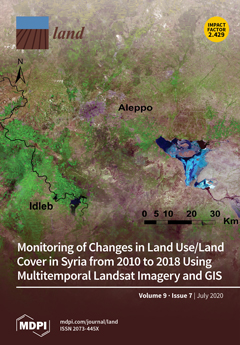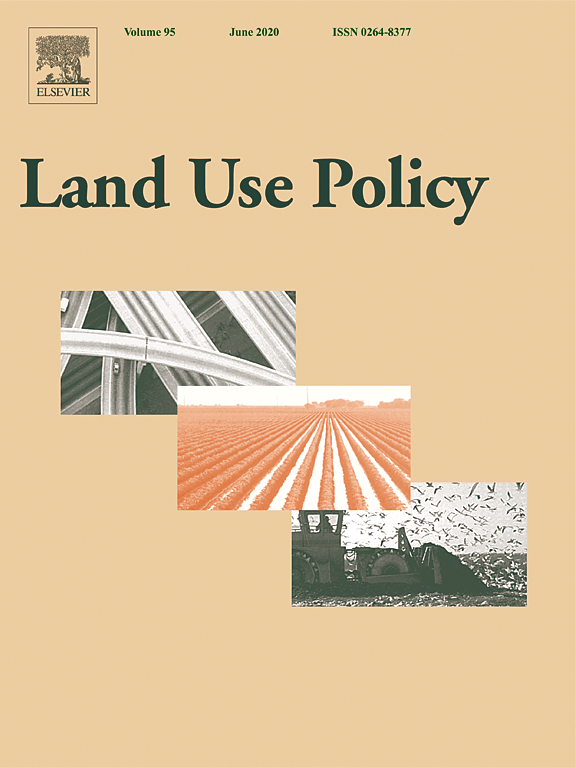The fall of the Iron Curtain created a vacuum upon which large-scale collectivized agriculture was largely abandoned. Post-agricultural brownfields emerge in multiple manners across national, regional and local levels. While these sites remain rarely explored, we aimed to better understand the…
The stabling of livestock farming implies changes in both local ecosystems (regeneration of forest stands via reduced grazing) and those located thousands of kilometers away (deforestation to produce grain for feeding livestock). Despite their importance, these externalities are poorly known.…
Both land expropriation and eviction constitute a threat to the properties and life of local communities. In Southern Cameroon, the phenomenon has increased with the implementation of structural projects to ensure the emergence of Cameroon by 2035 and the resumption of the control of urban space…
Joint Ventures (JVs) between ‘agribusiness’ investors and ‘small farmers’ or ‘customary landowners’ are being promoted in South Africa’s land and agrarian reform programme as a way to include land reform beneficiaries in the country’s competitive agricultural sector. This paper undertakes an in-…
This paper reviews the recent literature dealing with farmland protection (FP) policies in developed countries from a planning perspective, with a specific focus on the Mediterranean region. It provides coverage of French language papers that may have been omitted in previous reviews. While the…
Utilization of agricultural land for non-agricultural purposes poses a threat to food production and agriculture commercialization. Hence, this study examined Rural Land Utilization and Commercial Agriculture among Female arable Crop Farmers in South West Nigeria. A multistage sampling procedure…
Hybrid land tenure administration occurs in a number of South Africa’s state-subsidised housing projects and in the informal settlements from which the housing beneficiaries tend to be drawn. Ownership is the tenure form in most of these housing projects. Under ownership the law only recognises…
The biosphere reserve model is a global designation in accordance with UNESCO’s Man and the Biosphere Programme. Biosphere reserves are required to fulfil three functions as prescribed by UNESCO, namely conservation, sustainable development and logistic support. Worldwide, the 669 biosphere…
Users of transport infrastructures nearby hazardous plants may represent important populations potentially impacted by a major accident. Toulouse catastrophe in 2011 has been an illustrative example as it strongly impacted highway users. Therefore, transport infrastructure users (Roads and…
This paper presents forecasts related to the evolution of agricultural production in Romania, relative to the European Union average and to other countries (France, Germany, and Hungary) while taking into consideration the production potential of Romanian agriculture and opportunities to…
In its present state, the analysis of the wood industry system in Tanimbar archipelago only covered the South part of the Yamdena island. In this part of the island, the wood industry system feeds the demand of the local villages and of Saumlaki. Among the villages of South Yamdena, two villages…
We study the developable land market in French periurban and rural areas under urban influence. Theoretical aspects and empirical results are derived from urban economics to analyse the main determinants of the price of developable land: distance from the urban centres, population, inhabitantsí…






